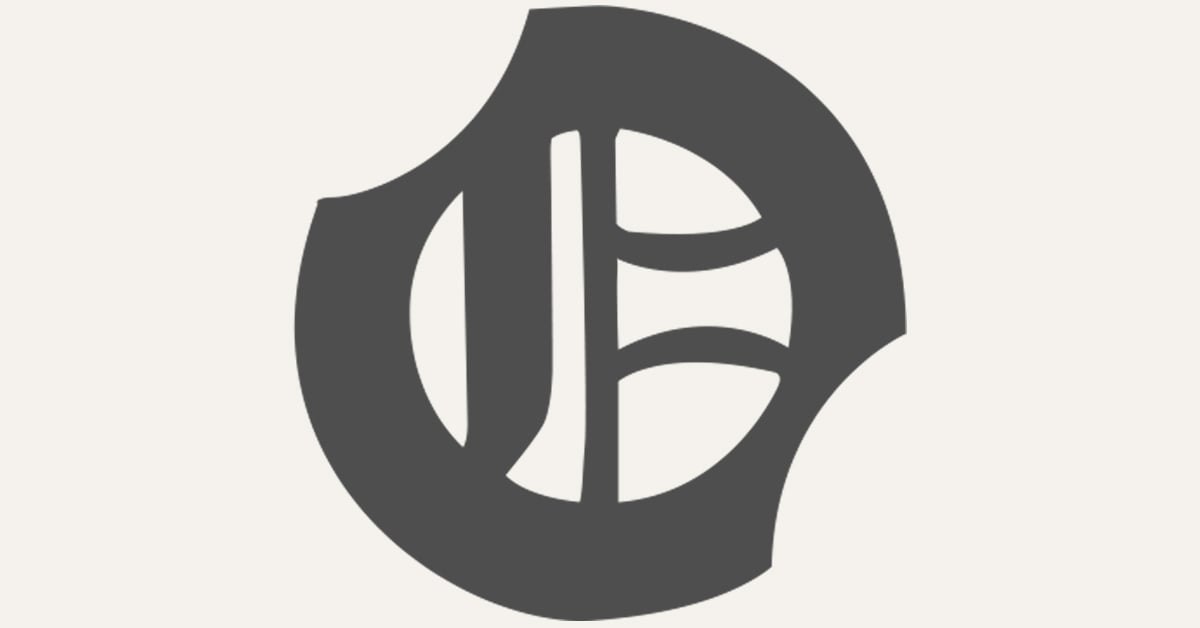
You may have already noticed this: all web browsers display a small padlock icon to the left of the Internet address of a page or website. This symbol indicates that the communication is in HTTPS, which is a secure communication protocol that uses an encryption scheme (HTTPS stands for Hypertext Transfer Protocol Secure, that is, Hypertext Transfer Protocol Secure) which theoretically guarantees the confidentiality and integrity of data exchanged with the server. It is this protocol that makes it possible to send sensitive data — bank information and identifiers, for example — without fear of it being intercepted or decrypted by third parties, in particular hackers. Reassuring code, especially for communications with services that handle confidential data. But misleading code.
In fact, as Google explained in a blog post, nearly 90% of netizens don’t know the exact meaning of the lock icon. Most imagine that it indicates that the visited site is trusted, when in fact it simply indicates that the connection is secure. HTTPS is just an evolution of HTTP for short (HyperText Transfer Protocol) which has been in force for a long time on the Internet. But things have changed a lot since the 2000s, and HTTPS connections are the norm rather than the exception. And above all, HTTPS in no way guarantees the true nature of the site! So Google felt it was time to put an end to the confusion caused by this famous lock.
A false sense of security
Google believes that the lock, which certifies the use of the HTTPS protocol, can make Internet users believe that the site is trusted. However, today, 95% of web pages on Chrome are done over an HTTPS secure channel according to Google, including malicious sites. In addition, it does not protect against phishing scams. This is why Mountain View believes that this kind of indicator is not suitable for judging the reliability of a website.
So Google plans to replace the padlock with an icon with circles and lines similar to the pictograms used for settings or control menus. Google says: “This symbol does not imply that the site is trustworthy” and “it is clear that it is conducive to clicking because it is usually associated with settings or controls.” The tech giant has already noticed during its studies that few Internet users know that clicking the padlock allows access to more information about their security and connection settings, with information about the site’s HTTPS certificate, data usage, cookies, notifications, site sharing, etc. “We believe the new code helps make it easier to access permission controls and additional security information, while avoiding misunderstandings about this code,” Google said. The new icon is scheduled to replace the padlock in early September 2023 with Chrome 117, as part of a larger redesign of the browser.
Sources: writing and the web
You may have already noticed this: all web browsers display a small padlock icon to the left of the Internet address of a page or website. This code indicates that the connection is made using HTTPS, which is a secure communication protocol that uses an encryption scheme (HTTPS stands for Hypertext Transfer Protocol Secure, that is …






